Meet the People
May 29, 2019 - The Music Education Society of Tivat, the oldest cultural institution in this city, marks 110 years since its founding. A central manifestation in the year of the great jubilee, a tour of at least 12 wind orchestras, is scheduled for 15 June at 7 pm. The program named"Big Noise" implies the defile of the city's street center, the joint performance of marches on the city waterfront of Pine, and individual representations of wind orchestras from Albania, Croatia, Bosnia and Herzegovina and Montenegro.
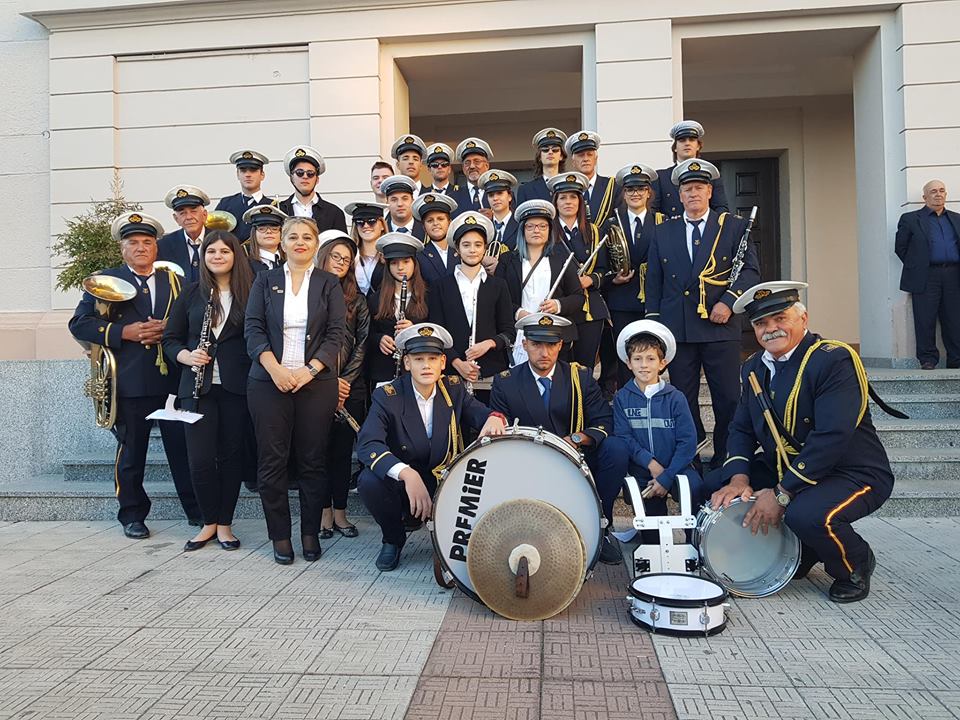 Tivat City Orchestra- Music Education Society in Schoder, Albania, Copyright: Society's FB Page
Tivat City Orchestra- Music Education Society in Schoder, Albania, Copyright: Society's FB Page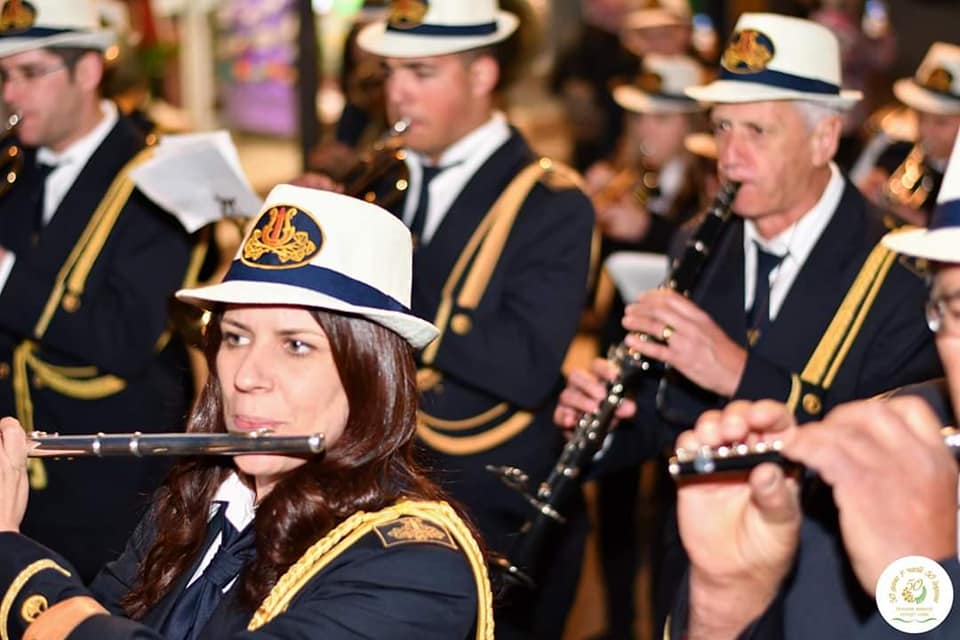 Music Education Society in Performance, Photo by Nikoleta Celanovic
Music Education Society in Performance, Photo by Nikoleta Celanovic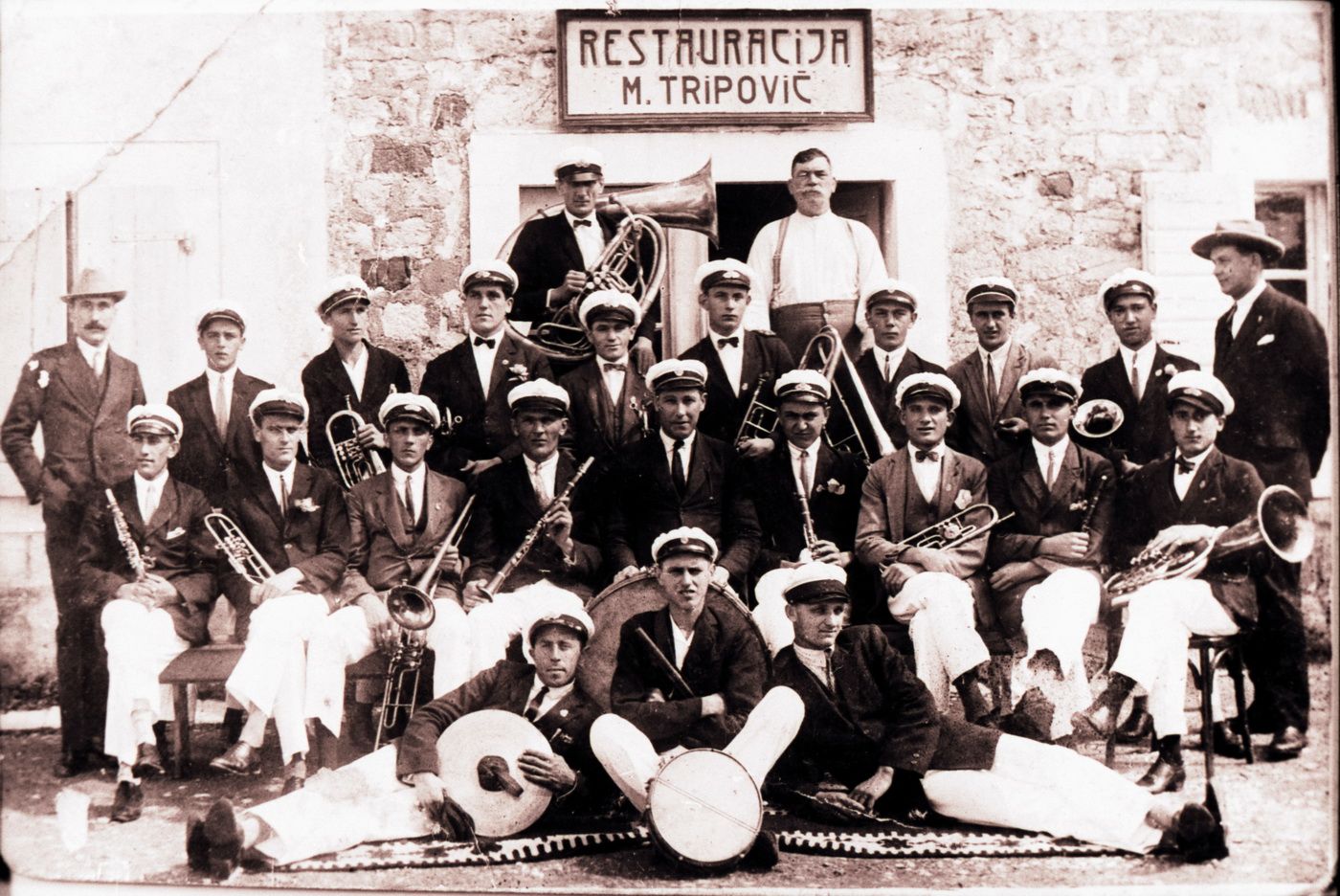 Music Education Society orchestra in 1930s
Music Education Society orchestra in 1930s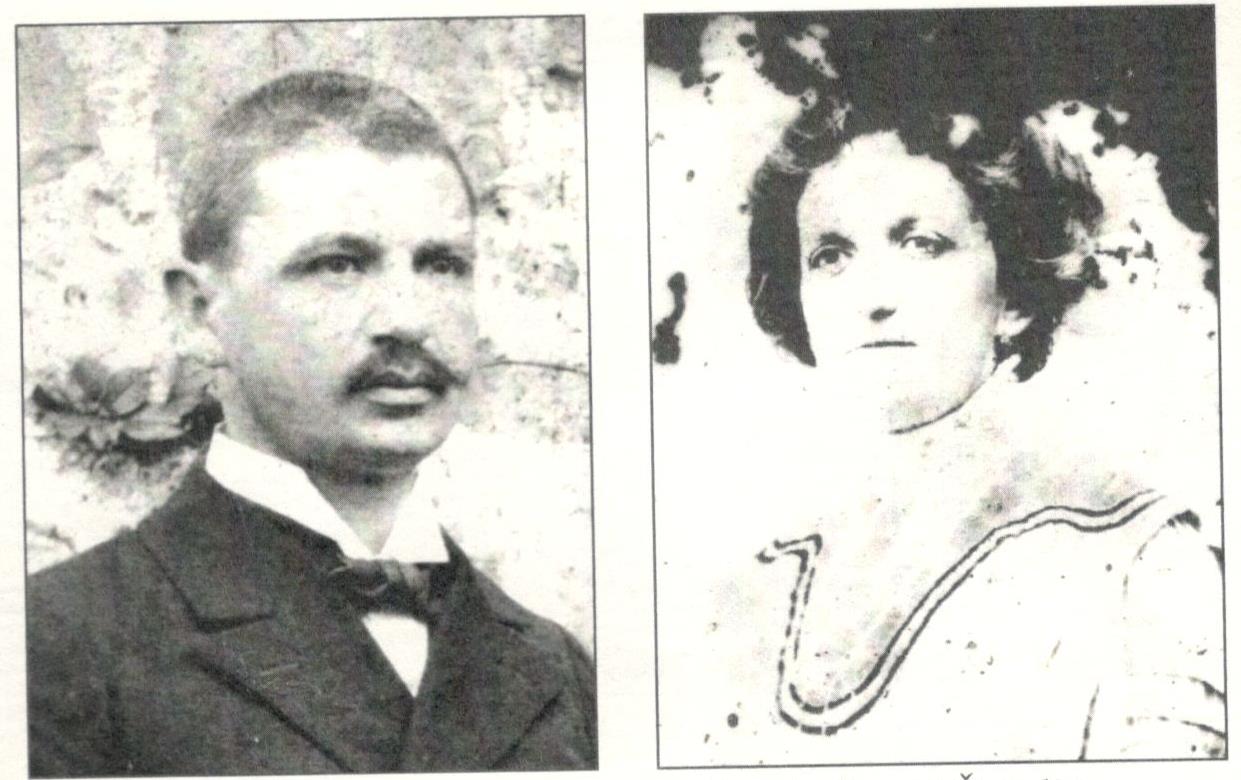 Antun and Ana Žeželić, founders of the first music school in Tivat
Antun and Ana Žeželić, founders of the first music school in Tivat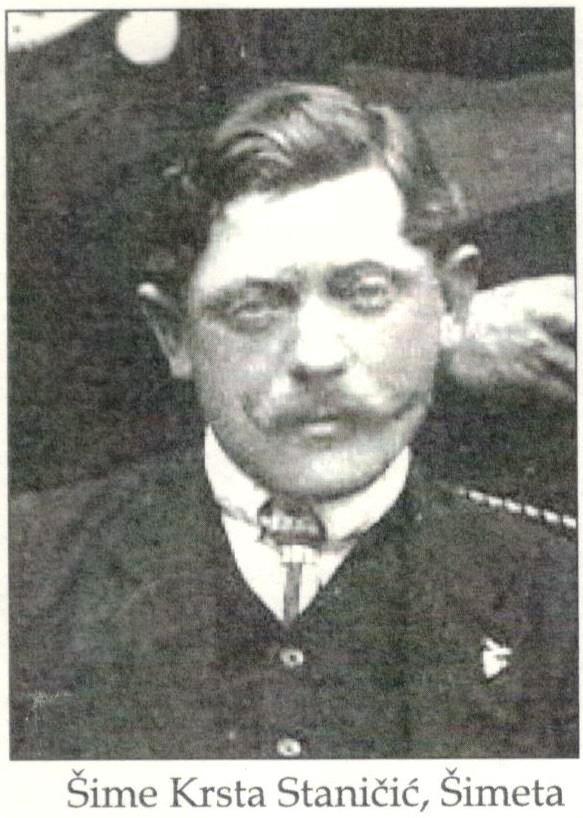 Šime Staničić called Šimeta, one of the Music Education Society Founders
Šime Staničić called Šimeta, one of the Music Education Society Founders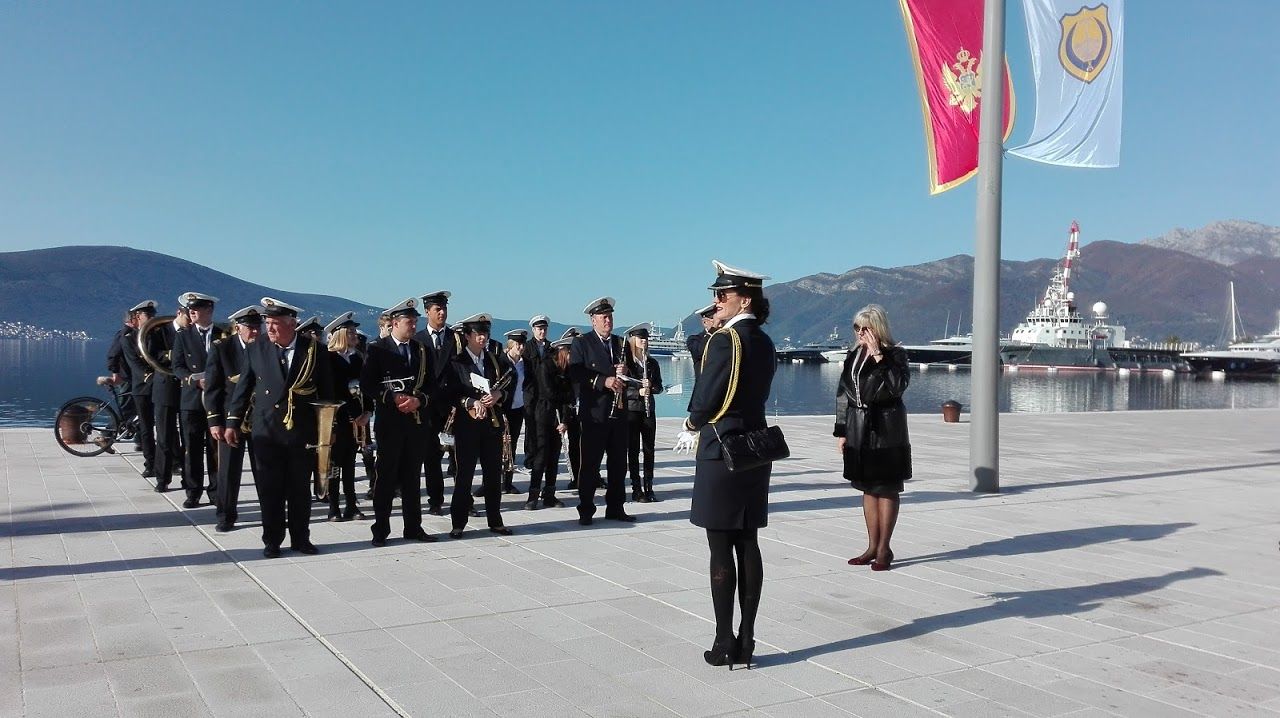 Music Education Society Performs in all manifestations of the importance for the city, Photo by: Antonela Stjepcevic
Music Education Society Performs in all manifestations of the importance for the city, Photo by: Antonela Stjepcevic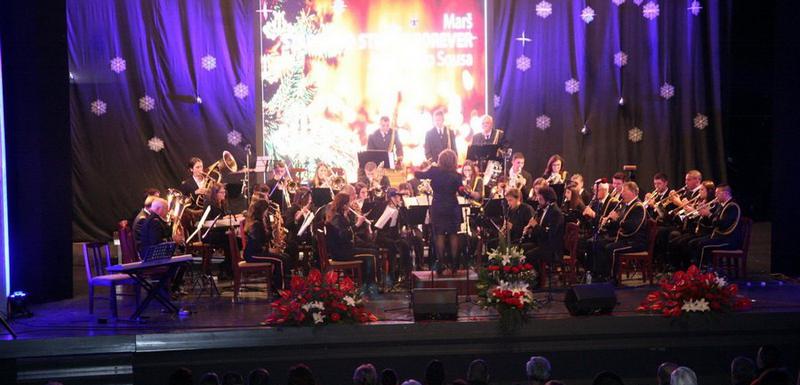 New Year's Concert of the Music Education Society, Held in Decembre 2018, Photo by Sinisa Lukovic, Vijesti
New Year's Concert of the Music Education Society, Held in Decembre 2018, Photo by Sinisa Lukovic, Vijesti Music Education Society, Photo by Antonela Stjepcevic
Music Education Society, Photo by Antonela StjepcevicFebruary 21, 2019 - The Citizens' Movement "97,000 Odupri Se" (97.000 Resist) organizes the third gathering in Podgorica on Saturday, to express the civic protest because, as stated, the dysfunctionality of all segments of the political system in Montenegro. A new gathering in front of the Prosecutor's Office building is scheduled for 23 February at 6 pm. For this occasion, we spoke with a member of the organizing committee of the protest campaign, Ilija Gajevic.
February 15, 2019 - The sea captain, Tomo Katuric, is the president of the Alliance of the Philatelists of Montenegro, but also a member of the Royal Philatelic Society in London and the European Philatelic Academy in Paris. His great successes recommended him also to be a member of the jury of the World Association of Philatelists FIPA.
Tomo is one of the two people from Balkans to become a member of the Royal Philatelic Society in London, sponsored by Queen Elisabeth II. The Society was founded in 1869 under the patronage of the royal family and consists of 1609 members.
“I become a member in January 2007 with the recommendation of Mr Alan Higgins, an English Lord- one of the leading persons in the world of English philately, as well as at the recommendation of the President of the Philatelists of Italy- Alessandro Agostosi. It was an honor and a pleasure because you can be recommended there only through your success, and by that time I had already had two world gold medals- from Washington and Malaga,” explains Tomo Katuric.
“The gold from Washington is very special to me because it stands as the first gold medal engraved in the culture of Montenegro - as the first gold medal coming to Montenegro after the referendum on independence,” says Tomo. The World Philatelic Exhibition, held in 2006 in Washington under the patronage of the President of the USA, was also the first public solo performance of the Montenegrin Postal Service at a philatelic exhibition after 1897. Tomo won the Gold medal among 650 exhibitioners from 70 countries presenting his unique collection “The Postal History of Boka 1809-1875.”
He is the successor to the old Captain's family from Kamenari in Boka Bay. About 50 percent of philatelic collections that he now owns with his wife and son succeeded, while the rest managed to upgrade to world auctions, thus reaching the world's largest philately class.
“The Katuric family arrived in Boka in 1697 during the Turkey-Venice wars, also known as Moreja wars. They were mainly sailors and merchants. My great grandfather Mato was a sailing ship captain, my grandfather Tomo was a merchant, inherited by my father Djuro, also inheriting the bar in Kamenari in 1906 which has been opened ever since,” explains Tomo.
He started exhibiting in 2001, but he took on philately in 1974 when his uncle Lazar “handed” his collection to Tomo to continue the tradition which had been started by his great grandfather Mato. Katuric’s collection is unique, and its big part comes from the family correspondence letters.
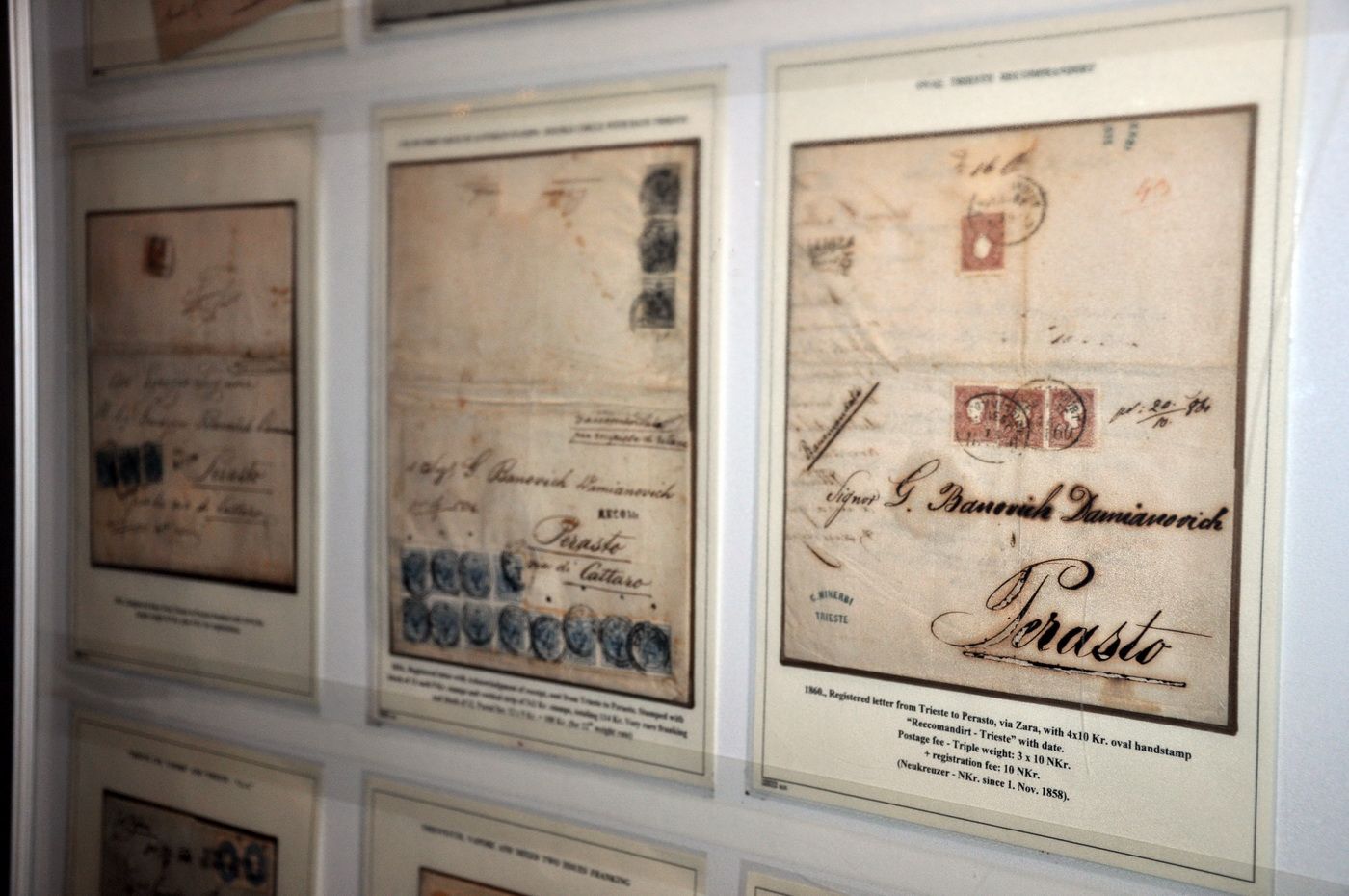 From the collection "The Postal History of Boka 1809-1875", Copyright: Boka News"
From the collection "The Postal History of Boka 1809-1875", Copyright: Boka News"
"Today, Tomo owns up to 15 gold medals from world exhibitions. The greatest attention and acknowledgment is drawn to his main philately collecting collection from the days of Napoleon and the Austro-Hungarian monarchy. The collection "Postal History of Boka Bay 1809-1875" contains 250 letters, or 128 pages from the Napoleon era. It includes the first postmark issued in Austro-Hungarian 1850, as well as letters from the time Napoleon ruled over these areas. Until 1850, the letters were only sealed, qualifying as pre-philately, but in the collection, there were also letters with stamps, that is, after the founding of the Post Office of the World in Bern in 1874, when Montenegro was one of the 22 founding countries.
The family of Katurić is a collection of four collections, and besides mentioned, Tomo owns a philatelist collection "The Boka and Montenegro Occupation 1941-1945." The son Djordje has a collection of "The letters of the Bokelian Sailors 1839-1880", and his wife Jelisaveta achieves remarkable successes on the world exhibits presenting her collection "The Letters of Sailors from the Austro-Hungarian Fleet 1914-1918". According to FIPA rules, one man can exhibit a maximum of two, and a family of four collections. The Katuric family is also unique in our country and can boast of over 40 of the most significant recognitions of European and world exhibitions.
It is interesting to point out that the post office in Boka Bay, or more precisely in Herceg Novi, has been open for 70 years longer.
"The post at Herceg Novi was opened in 1804, 70 years before Cetinje. This shows us the history, culture and the mail of these regions. This kind of information cannot be praised by most of the 92 member states that are gathered by the World Philatelist Organization."
All collections of the Katuric family talk about Boka Bay and its maritime history, which is not surprising given that the love for collecting and seafaring are the inseparable segments of their members' lives for more than two hundred years.
Tomo is delighted to bring the story of the culture of our region around the globe, even after the celebrated era of the Bokelian maritime affairs. “I have been to and exhibited on all the continents, except Arctic and Antarctica. Thanks to philately and sailing, I have visited more than 200 cities and have seen five out of seven world wonders, proudly representing my home place Kamenari, the town of Herceg Novi, the Boka Bay and Montenegro.”
There is no rule to the profession most commonly dealing with philately. Still, within the circle of the top world philatelist, Tomo is the only seaman. “It is interesting that I am usually not called by my real name but “Bocca di Cattaro”- after my collection,” Tomo proudly marks.
February 8, 2019 - We are introducing you Kristina Skanata, a specialist in media and public relations, a passionate traveller and a great fan of Boka Bay. She began her career as a journalist at Budva Television and has been part of the Porto Montenegro PR team for six years. Kristina's creativity is at work, in her recognisable style of dress, entertainment, and decision to indulge in real adventures by travelling to distant and exotic destinations.
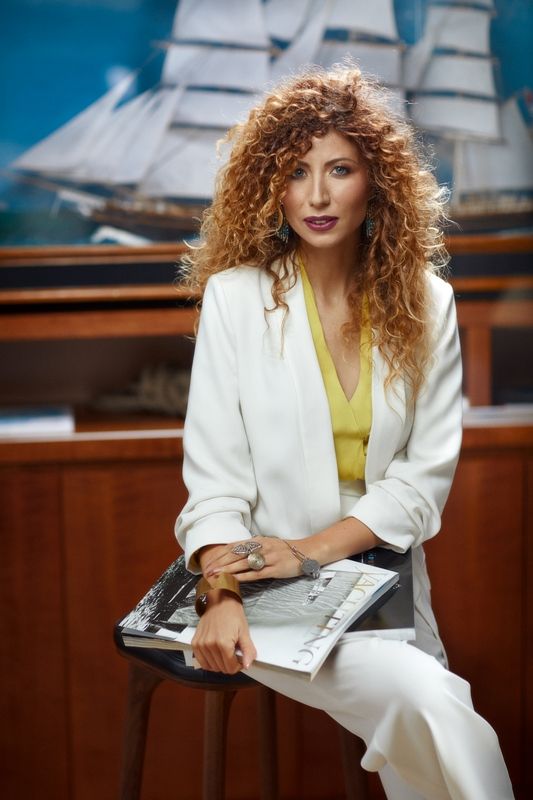 Kristina Skanata, photo by ZOAN Photography
Kristina Skanata, photo by ZOAN Photography 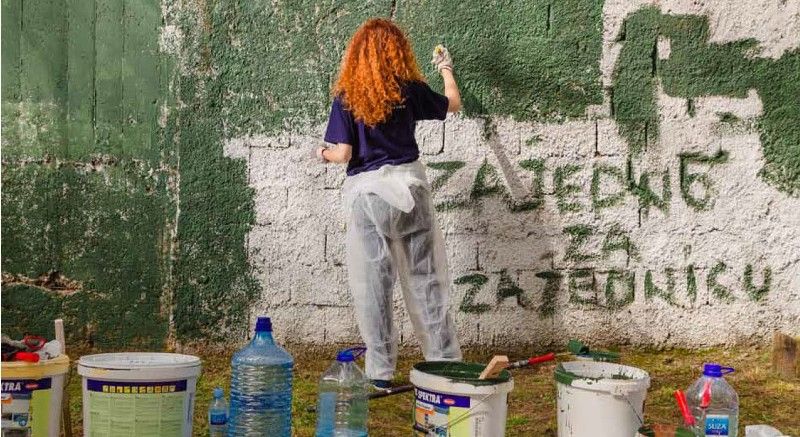 "Uplifting the Community" project, Kristina Skanata
"Uplifting the Community" project, Kristina Skanata 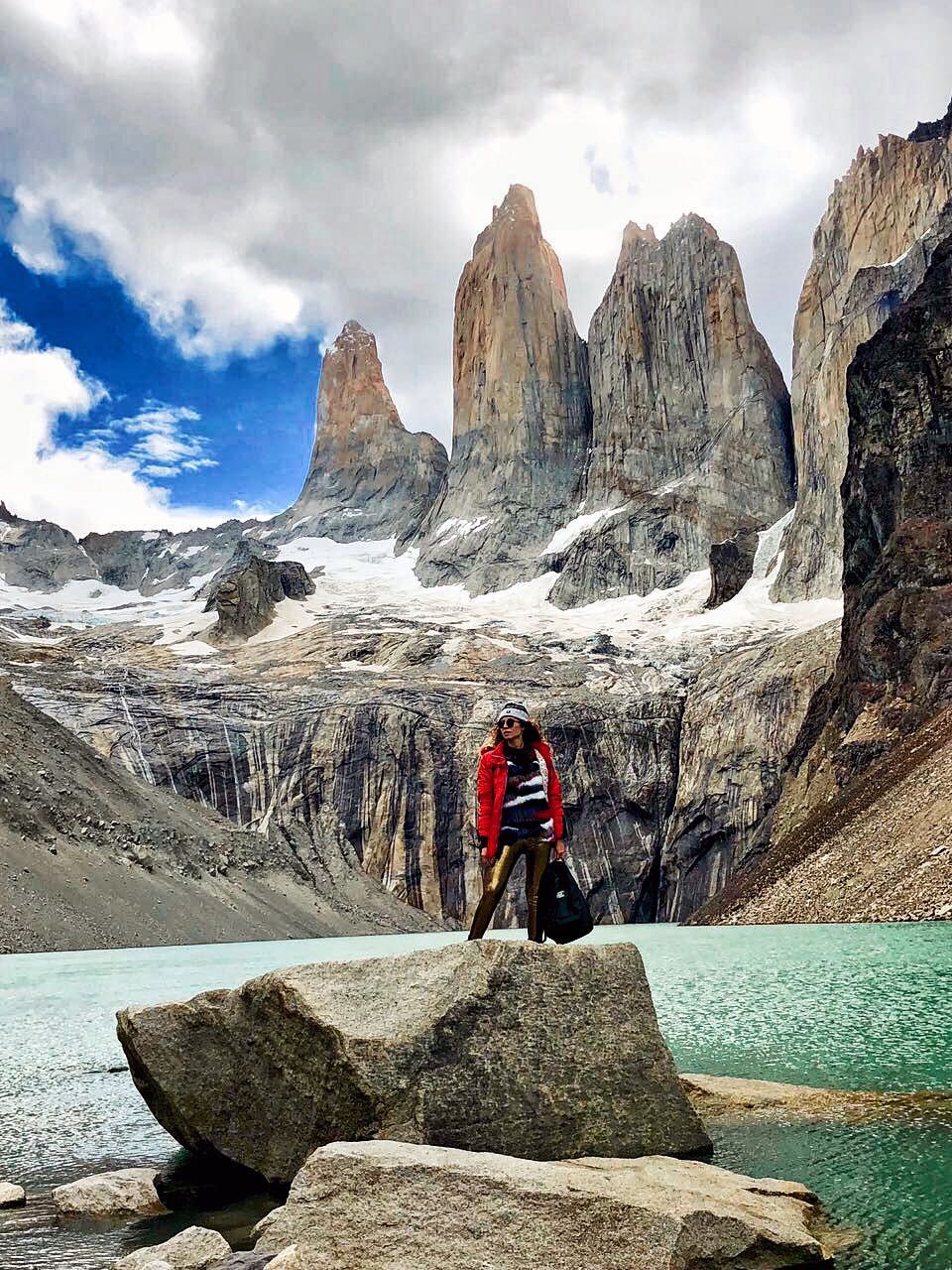 Kristina Skanata, Torres Del Paine, Patagonia, private photo collection
Kristina Skanata, Torres Del Paine, Patagonia, private photo collection 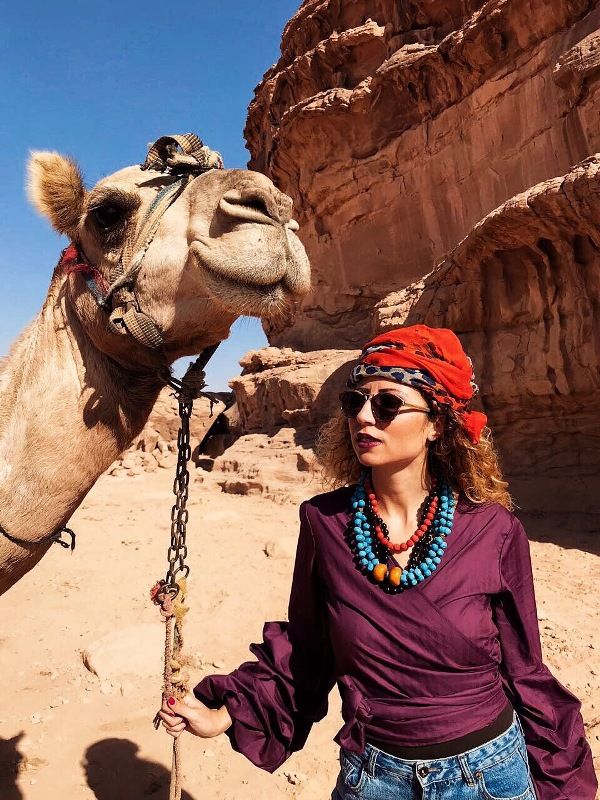 Kristina Skanata, Wadi Rum Desert, Jordan, private photo collection
Kristina Skanata, Wadi Rum Desert, Jordan, private photo collection 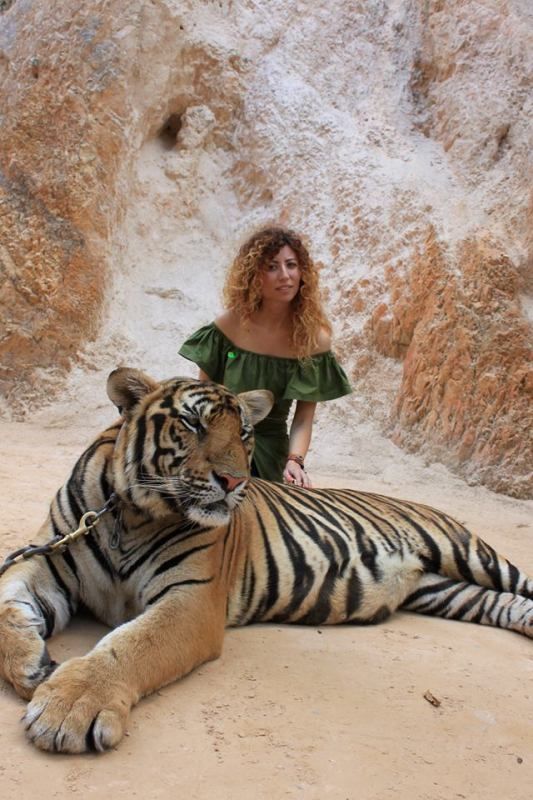 Kristina Skanata, Thailand, private photo collection
Kristina Skanata, Thailand, private photo collection 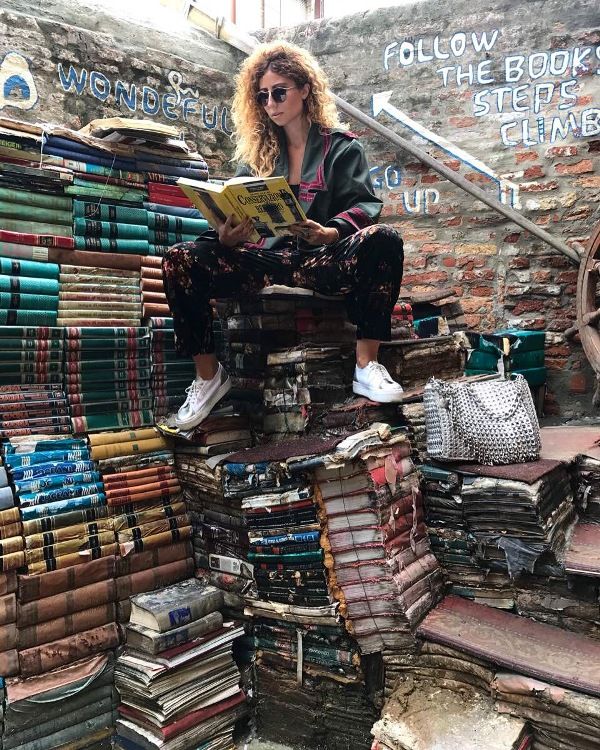 Kristina Skanata, Venice, Italy, private photo collection
Kristina Skanata, Venice, Italy, private photo collection February 1, 2019 - Zoran Nikolic from Prcanj is one of the most famous Bokelian photographers whose landscapes of Boka Bay stop the breath of the audience from all meridians. This lover of nature and humans records the game of light and shadow on the slopes of the rugged mountains, and their reflection on the sea surface with a lot of patience and knowledge. As he said, he records the beauty of which we cannot escape in Boka Bay, wanting to awaken a beautiful feeling in people. He is entirely successful in this, often answering the question of where this "area of the miracle of beauty" is, as the poet Frano Alfirevic characterized Boka Bay in the 19th century.
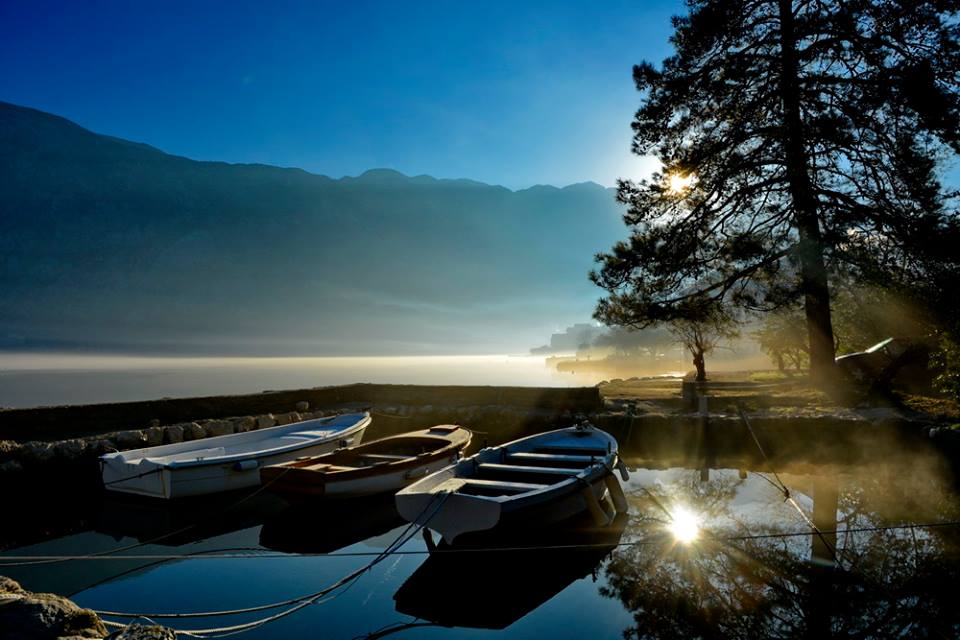 Prcanj, photo by Zoran Nikolic
Prcanj, photo by Zoran Nikolic 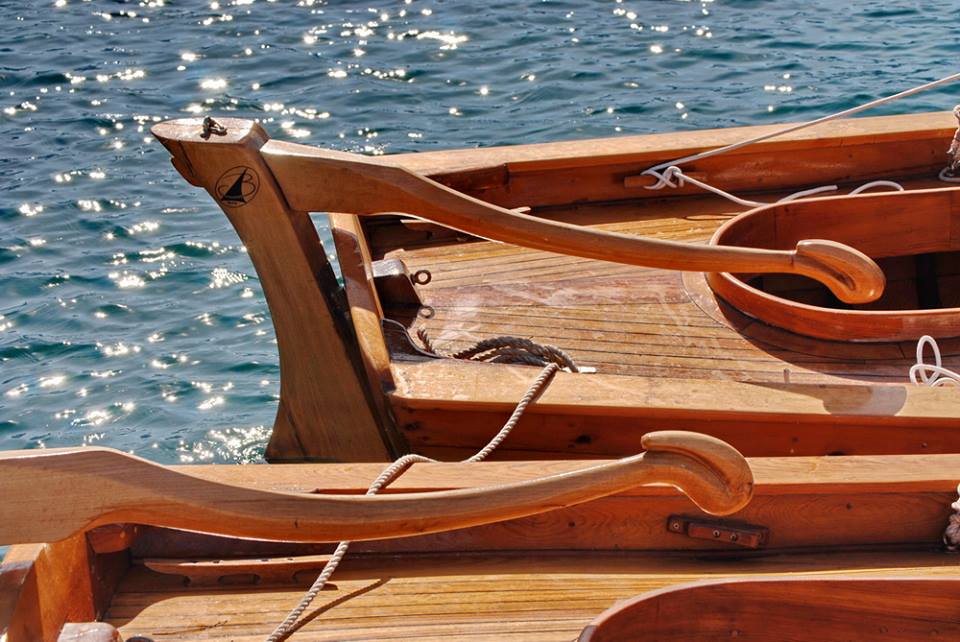 Detail of wooden boat, photo by Zoran Nikolic
Detail of wooden boat, photo by Zoran Nikolic 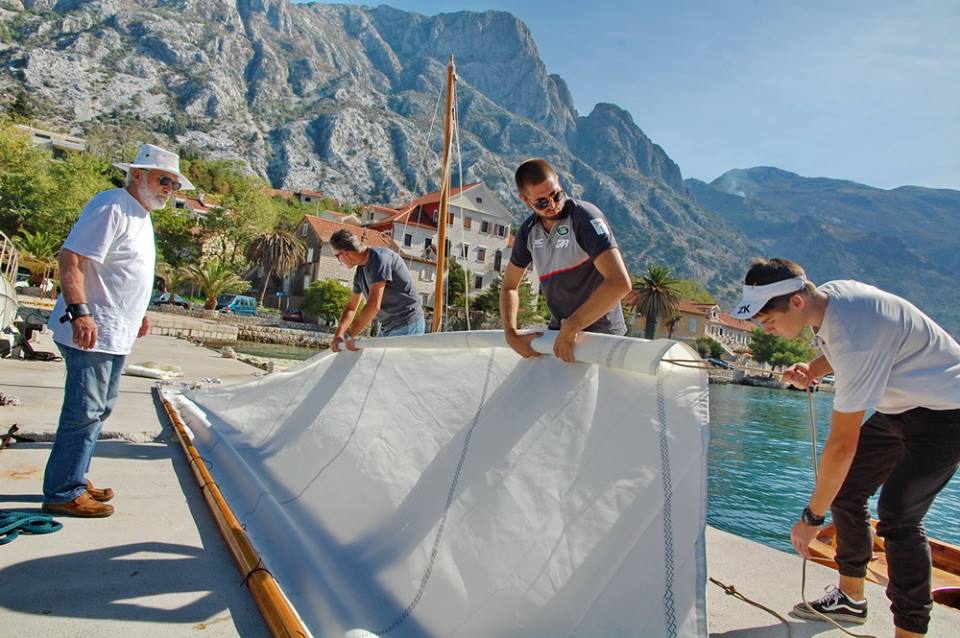 Camelia Trophy in Stoliv, photo by Zoran Nikolic
Camelia Trophy in Stoliv, photo by Zoran Nikolic 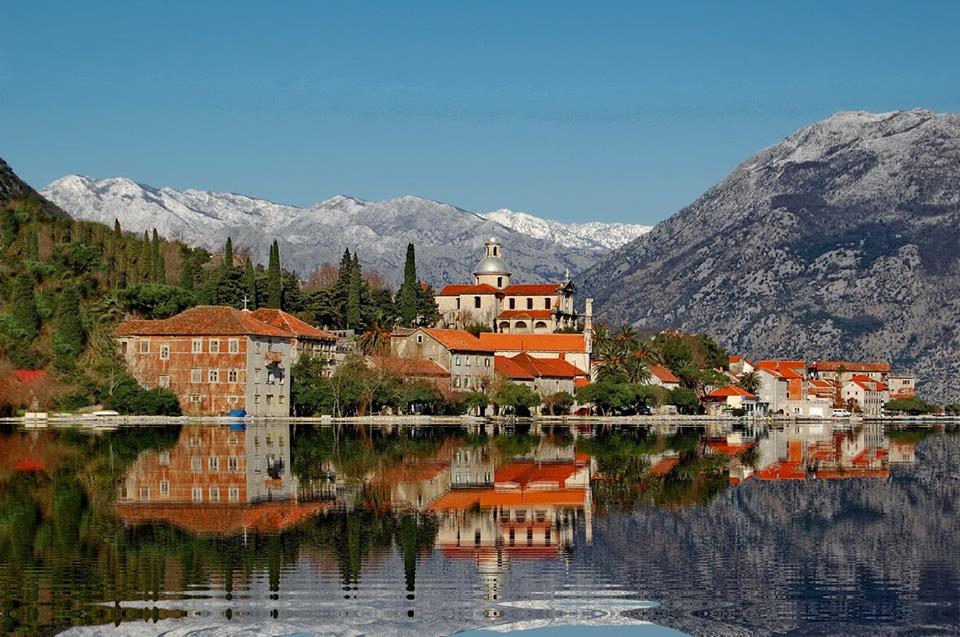 Prcanj, photo by Zoran Nikolic
Prcanj, photo by Zoran Nikolic 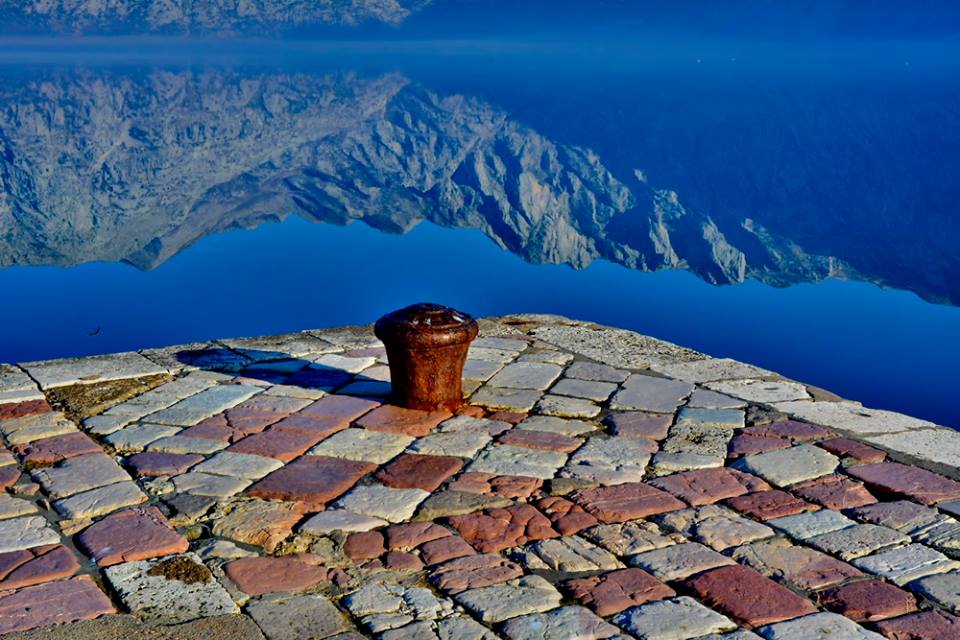 Stone jettz, photo by Zoran Nikolic
Stone jettz, photo by Zoran Nikolic January 26, 2019 - NGO Hands from Herceg Novi is the organiser of today's Little Orange Festival, held in Herceg Novi for the fifth time. Orange is just one of the gastro topics they dedicate a large number of events to throughout the year. Their themes are, apart from seasonal fruits of the Boka Bay, handicrafts and other forms of creative work but also humanitarian work.
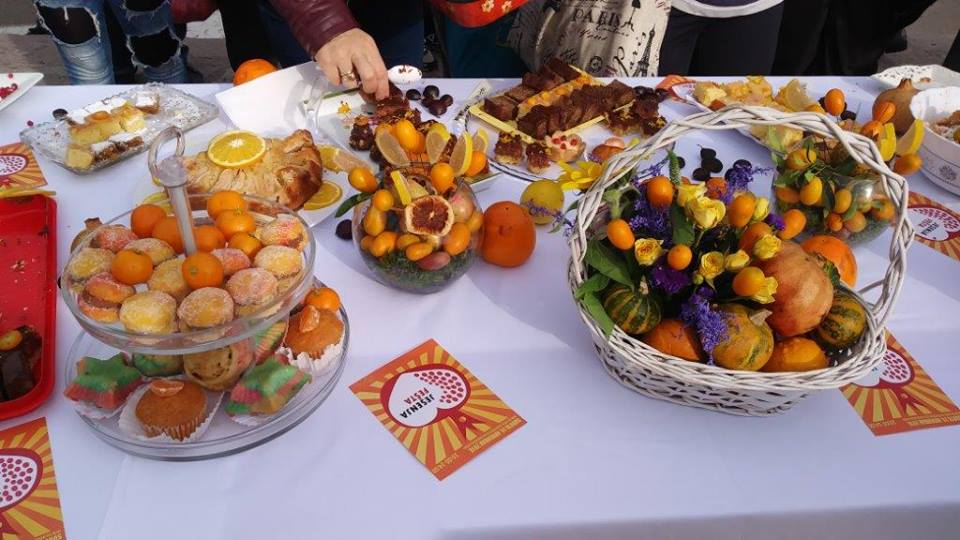 Copyright: NGO Hands Facebook Page
Copyright: NGO Hands Facebook Page 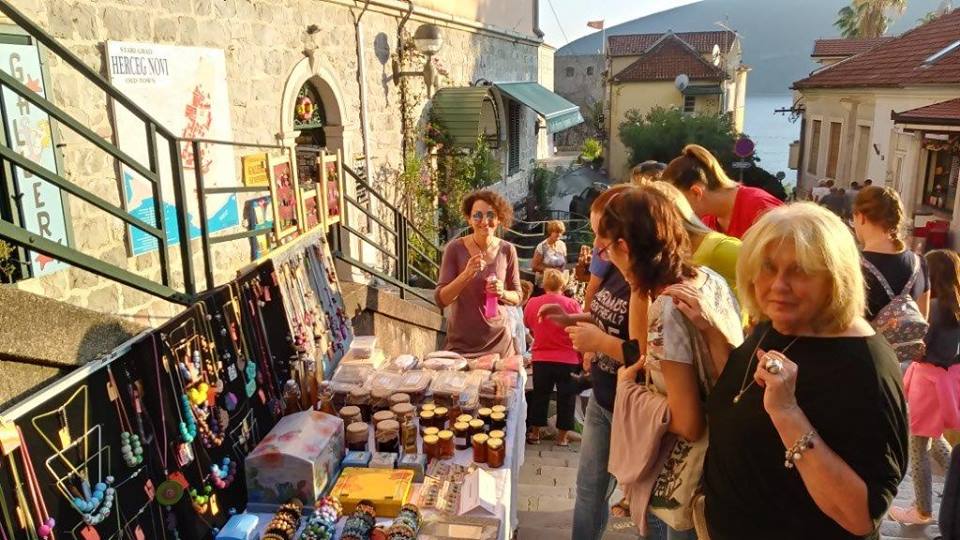 Copyright: Radio Herceg Novi
Copyright: Radio Herceg Novi January 18, 2019 - Ivica Arandus (Ivica Ivo Arandjus) is an academic painter from Tivat, who started his artistic career at the end of the 80s when he moved from Tivat to Düsseldorf, Germany. Today, Arandus enjoys acclamation among his colleagues, but he is also extremely well received by the audience, which has the chance to see his works at numerous solo and collective exhibitions across Europe. We succeed to meet him in Tivat before he goes back to Düsseldorf to close two of his exhibitions which opened in December.
Did art take Arandus to Germany, or did he discover his artistic gift by moving to Düsseldorf?
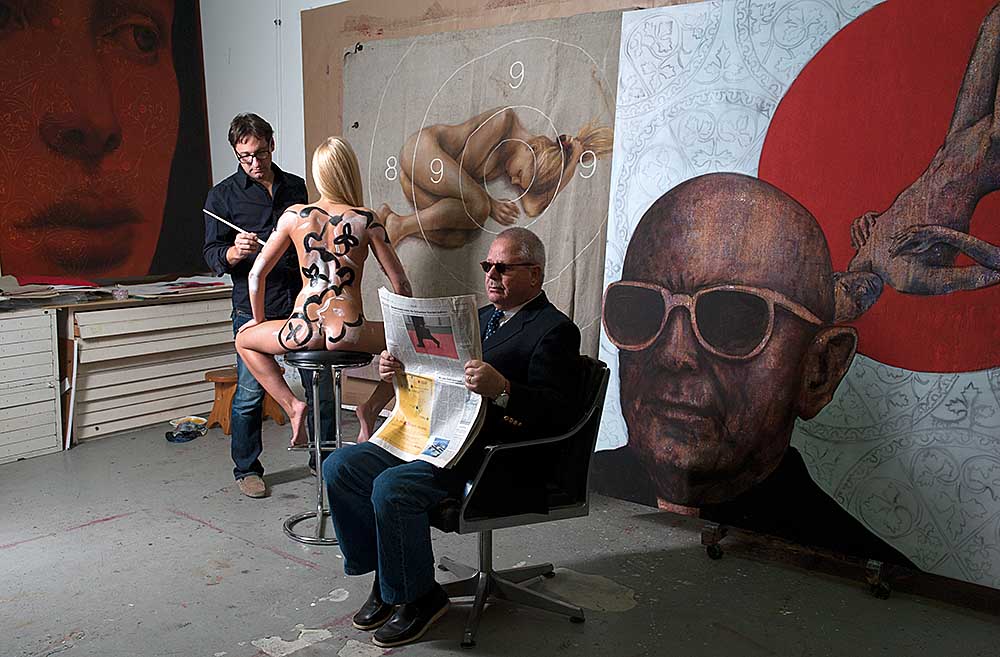
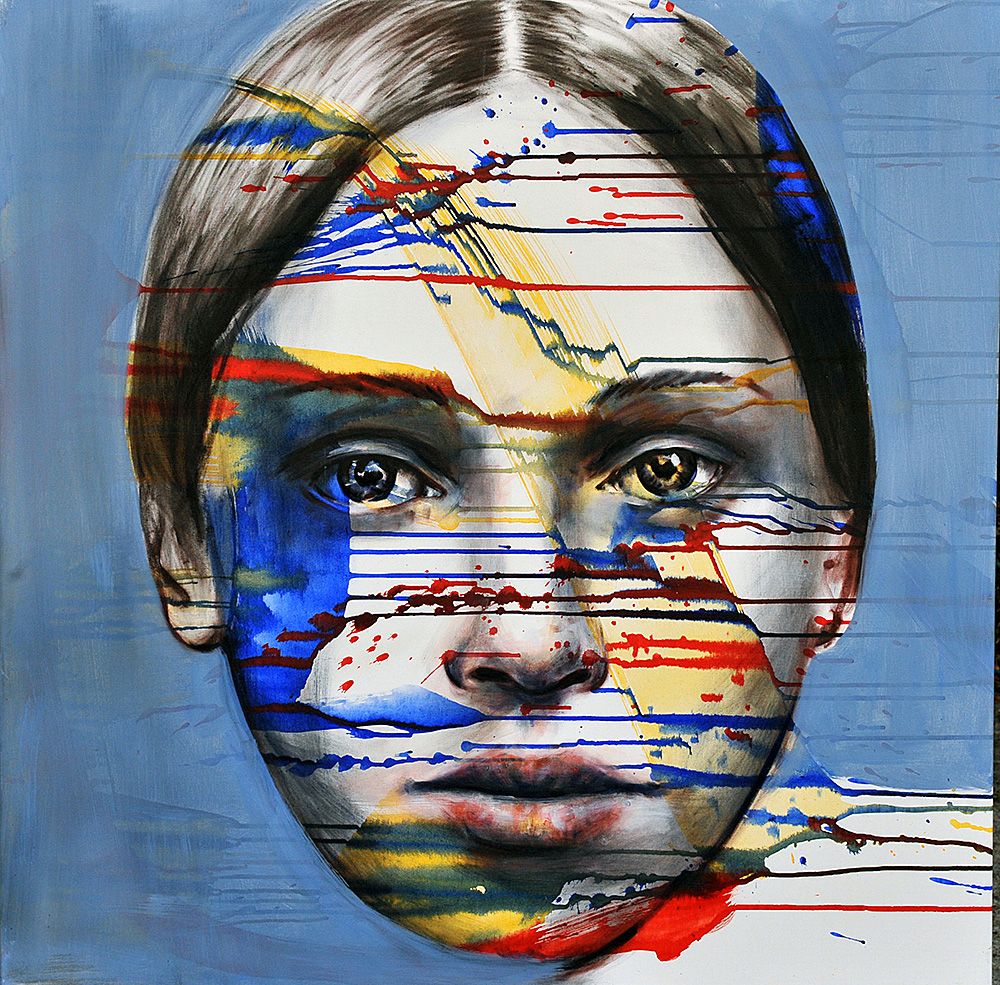 Although Arandus calls his poetics socio-critical, the first thing that the observer notices when accessing his work is the almost ever-present figure of a woman.
Although Arandus calls his poetics socio-critical, the first thing that the observer notices when accessing his work is the almost ever-present figure of a woman.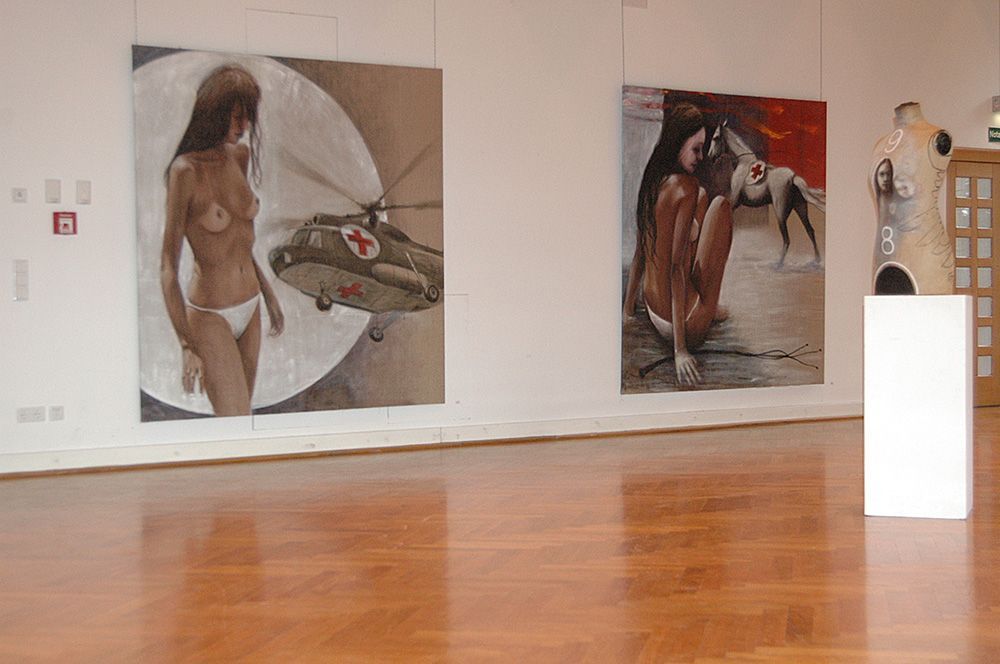
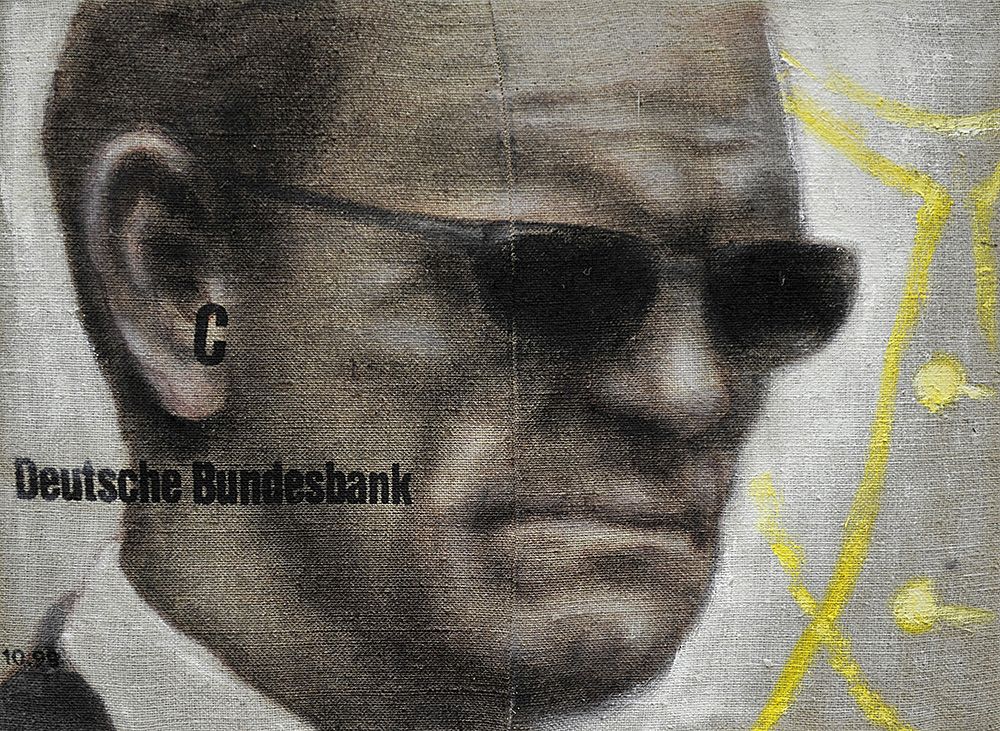
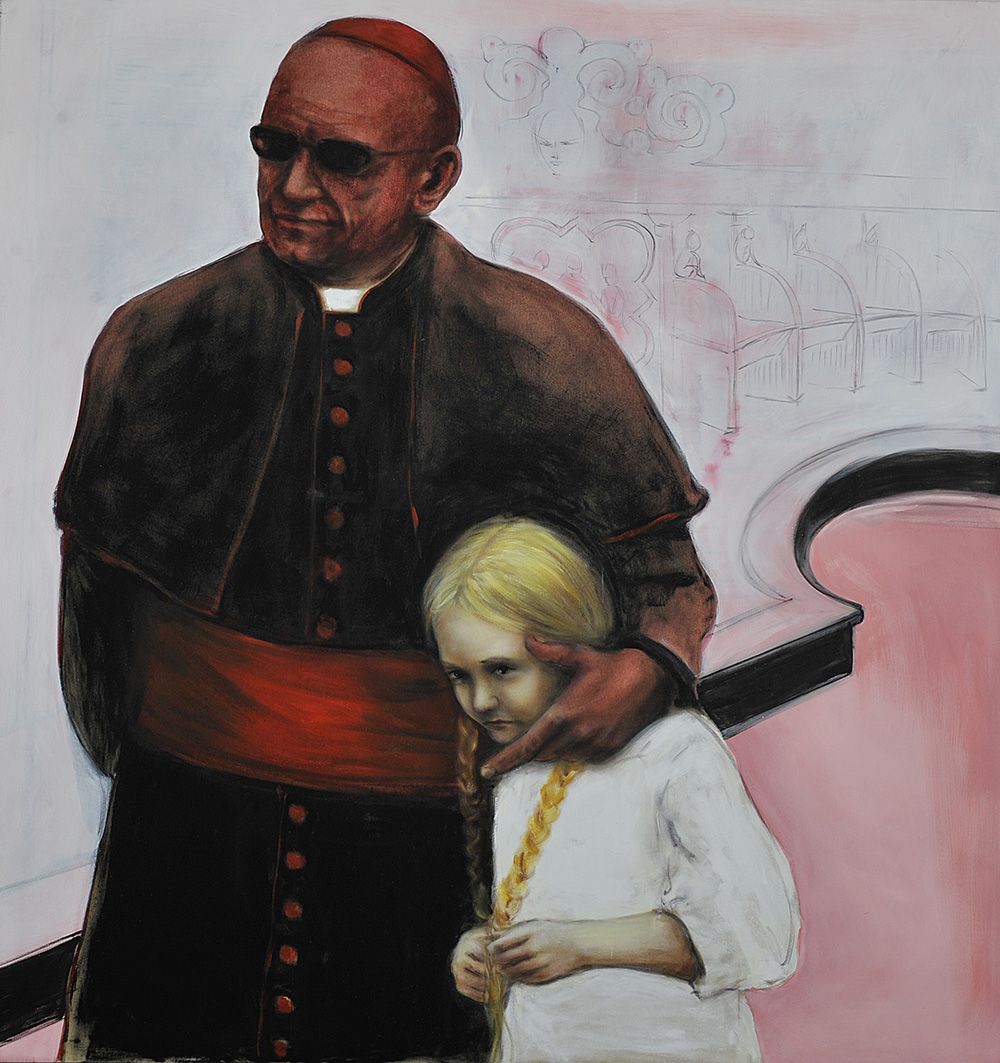 "Surprisingly, the series you're talking about is the best selling of all the thematic series I've been working on so far. I'm still working on it, and I cannot escape this subject because it keeps inspiring me. These are very critical images, but even strong Catholic families in Germany bought those paintings, which I could not believe. They are much more open than eastern countries, such as Poland and the countries of our region. Even in Italy, people are quite critical of the church. The Pope has recently released all bishops in Argentina. In Chicago, the church released about 900 priests for child abuse. In France, there is a trial against one of the major cardinals. Courts generally defend the hierarchy. If there is no pressure from the public, that there are no people to oppose it, it would all be stuffed and still unknown. In Germany there were over 2000 applications, which will ultimately lead to civilian courts. Until now, that was not possible, even the police did not have access to the church. Now it is slowly starting to go globally, people all over the world are slowly rising and retreating. Therefore, it is certain that the Church is one of the themes that will continue to be present in my creation because in my paintings I will continue to deal with the transgression of the spirit and illusions of man. There are certainly good things in religion, but there are also huge scams and exploitation of the population," says Arandus about one of his significant occupations in art.
"Surprisingly, the series you're talking about is the best selling of all the thematic series I've been working on so far. I'm still working on it, and I cannot escape this subject because it keeps inspiring me. These are very critical images, but even strong Catholic families in Germany bought those paintings, which I could not believe. They are much more open than eastern countries, such as Poland and the countries of our region. Even in Italy, people are quite critical of the church. The Pope has recently released all bishops in Argentina. In Chicago, the church released about 900 priests for child abuse. In France, there is a trial against one of the major cardinals. Courts generally defend the hierarchy. If there is no pressure from the public, that there are no people to oppose it, it would all be stuffed and still unknown. In Germany there were over 2000 applications, which will ultimately lead to civilian courts. Until now, that was not possible, even the police did not have access to the church. Now it is slowly starting to go globally, people all over the world are slowly rising and retreating. Therefore, it is certain that the Church is one of the themes that will continue to be present in my creation because in my paintings I will continue to deal with the transgression of the spirit and illusions of man. There are certainly good things in religion, but there are also huge scams and exploitation of the population," says Arandus about one of his significant occupations in art.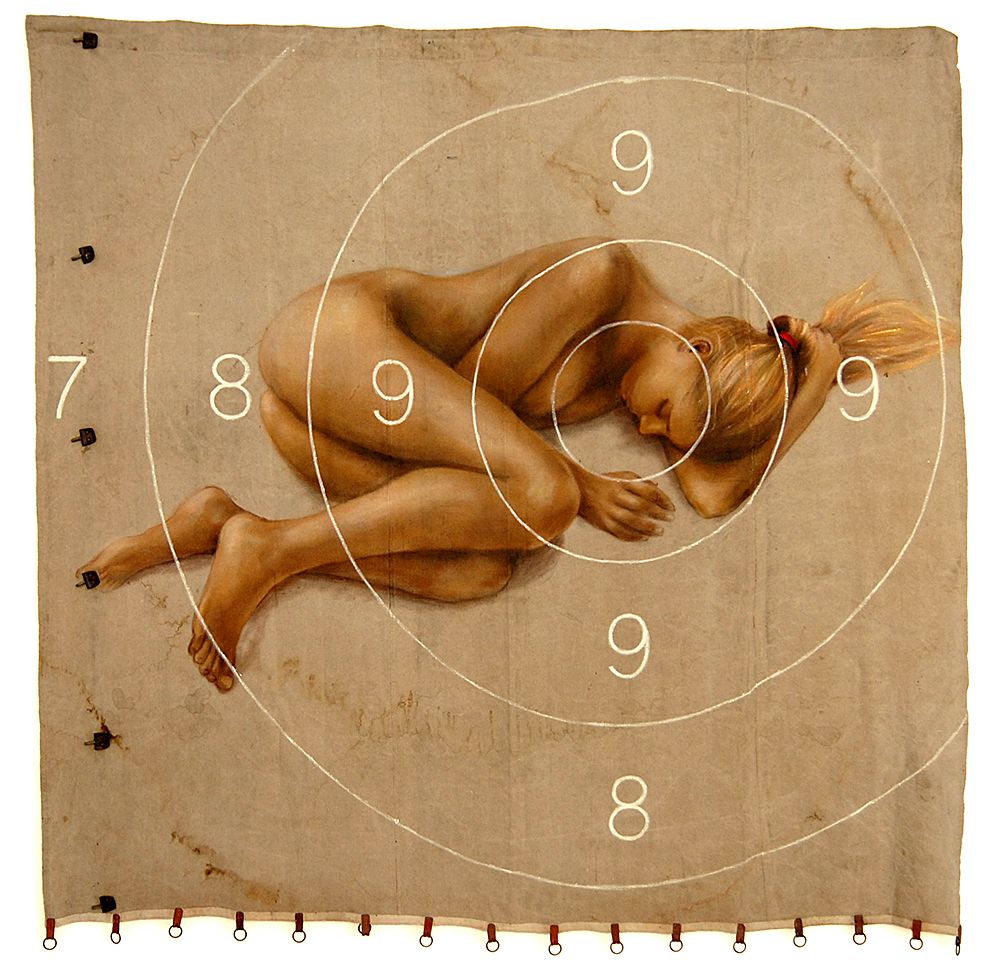 Although living and creating most of the time in Düsseldorf, Arandus is present in the art scene of Montenegro, where he has had several solo exhibitions in recent years. He also finds time to socialise with colleagues and occasionally participates in art colonies. Asked how to evaluate the position of artists in Montenegro and the Montenegrin art scene, Arandus answers:
Although living and creating most of the time in Düsseldorf, Arandus is present in the art scene of Montenegro, where he has had several solo exhibitions in recent years. He also finds time to socialise with colleagues and occasionally participates in art colonies. Asked how to evaluate the position of artists in Montenegro and the Montenegrin art scene, Arandus answers: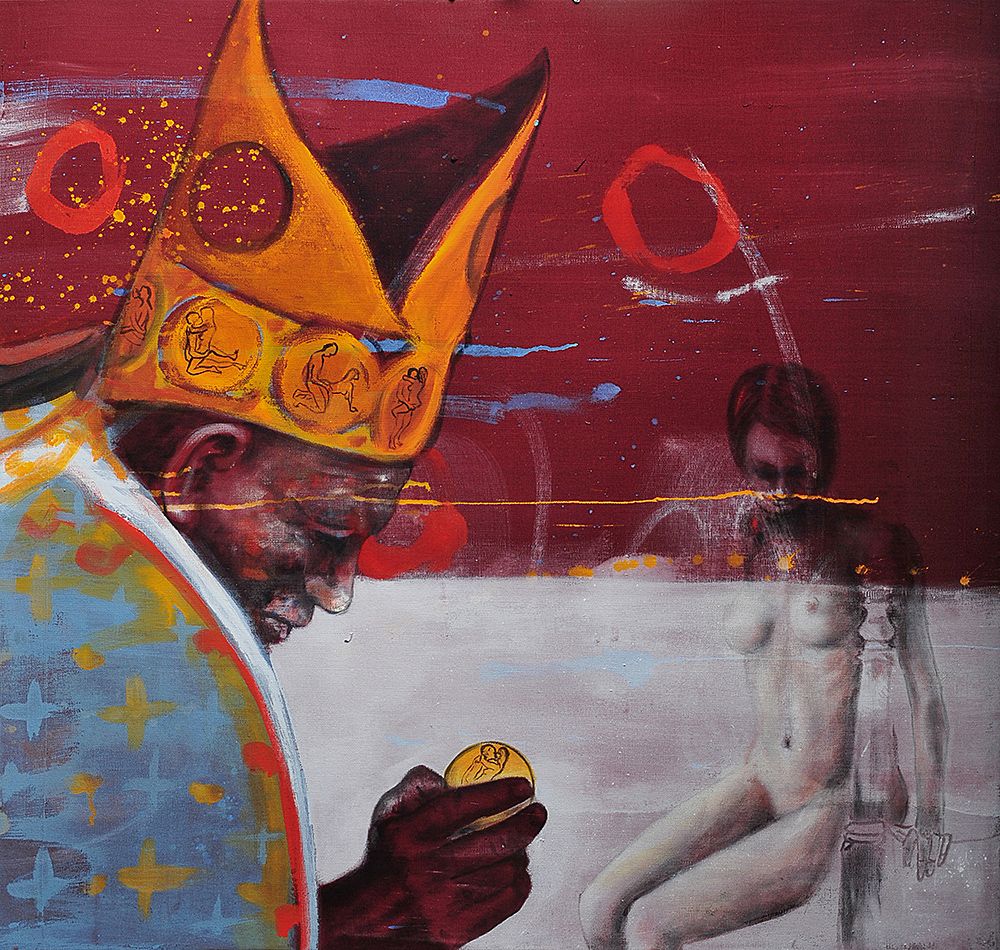 In Germany there is a huge competition, only in Dusseldorf, there are over a thousand painters. And there are maybe thirty galleries with where the artist can seriously work. But there are a lot of museums. I think it is needed to feel the competition in a positive sense. It is the competition that motivates you, which gives you the wings to do more and better. The situation is different in our country. I have countless times heard when asking for the price of the picture, so people comment that they can buy a car for that money. Still, the people in our country are more committed to investing in a status symbol, something that other people can see. You buy a picture and exhibit it in your home, and it does not have that effect. The same is with literature. When you read a good book, this is something that is good for you, although not transparent to others," the artist says.
In Germany there is a huge competition, only in Dusseldorf, there are over a thousand painters. And there are maybe thirty galleries with where the artist can seriously work. But there are a lot of museums. I think it is needed to feel the competition in a positive sense. It is the competition that motivates you, which gives you the wings to do more and better. The situation is different in our country. I have countless times heard when asking for the price of the picture, so people comment that they can buy a car for that money. Still, the people in our country are more committed to investing in a status symbol, something that other people can see. You buy a picture and exhibit it in your home, and it does not have that effect. The same is with literature. When you read a good book, this is something that is good for you, although not transparent to others," the artist says. 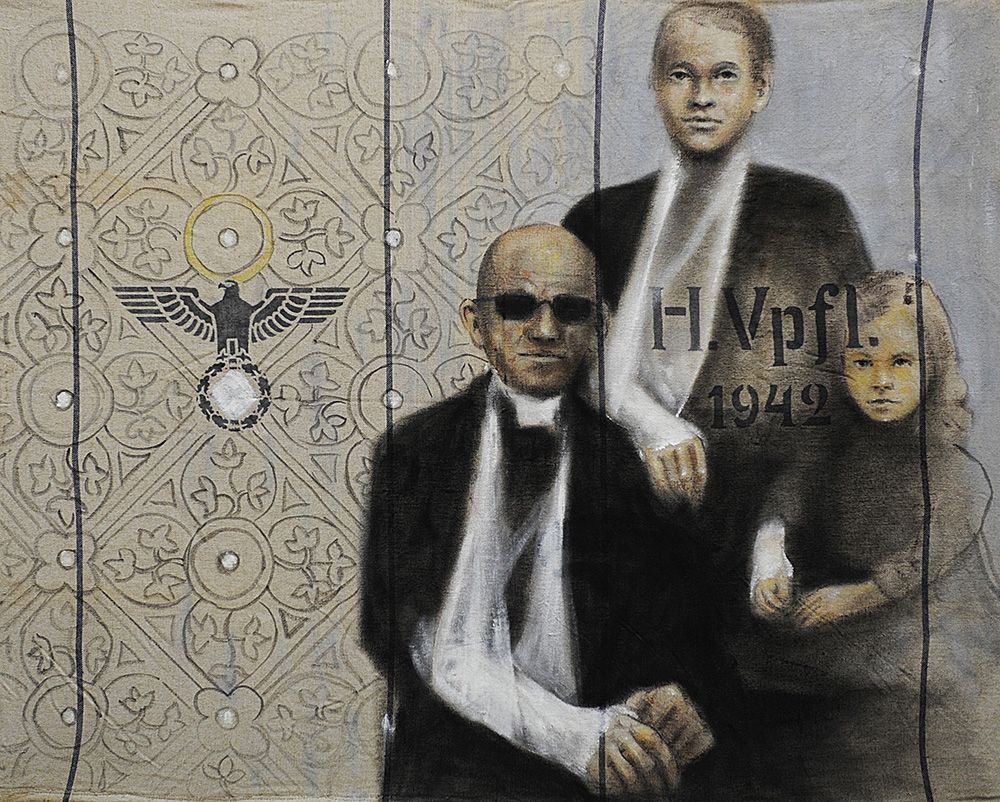
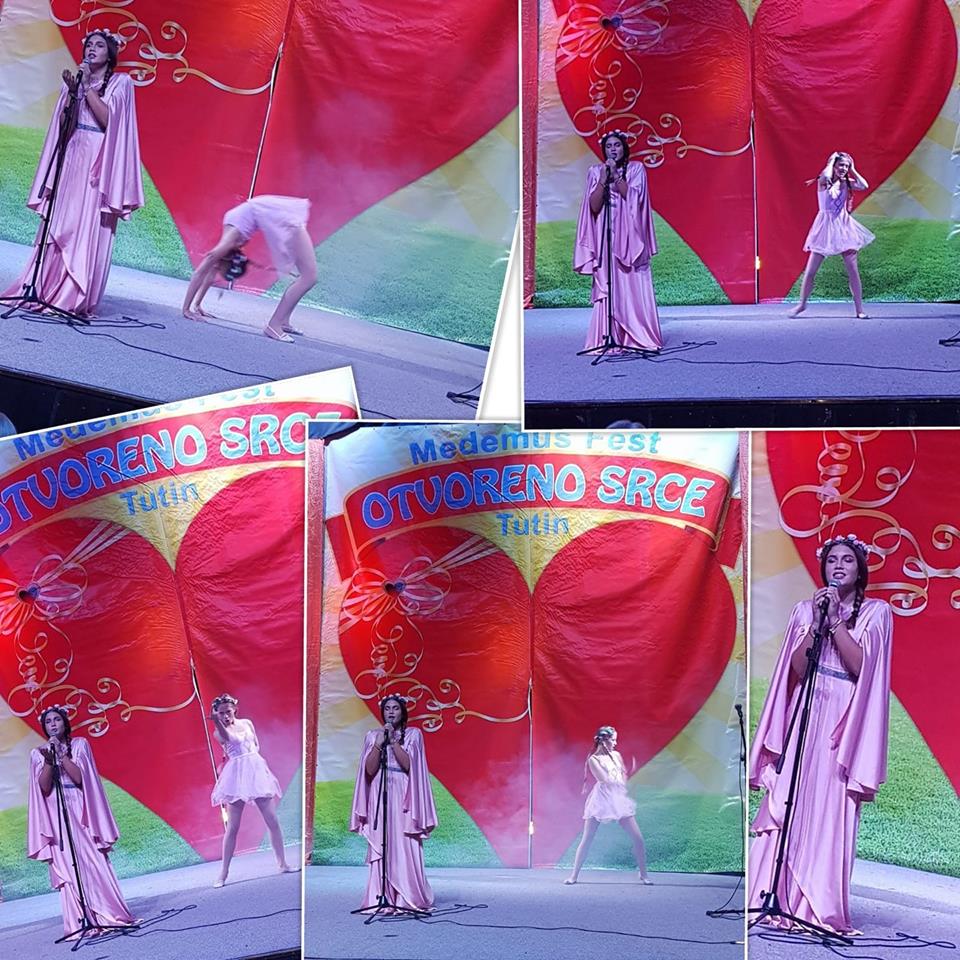
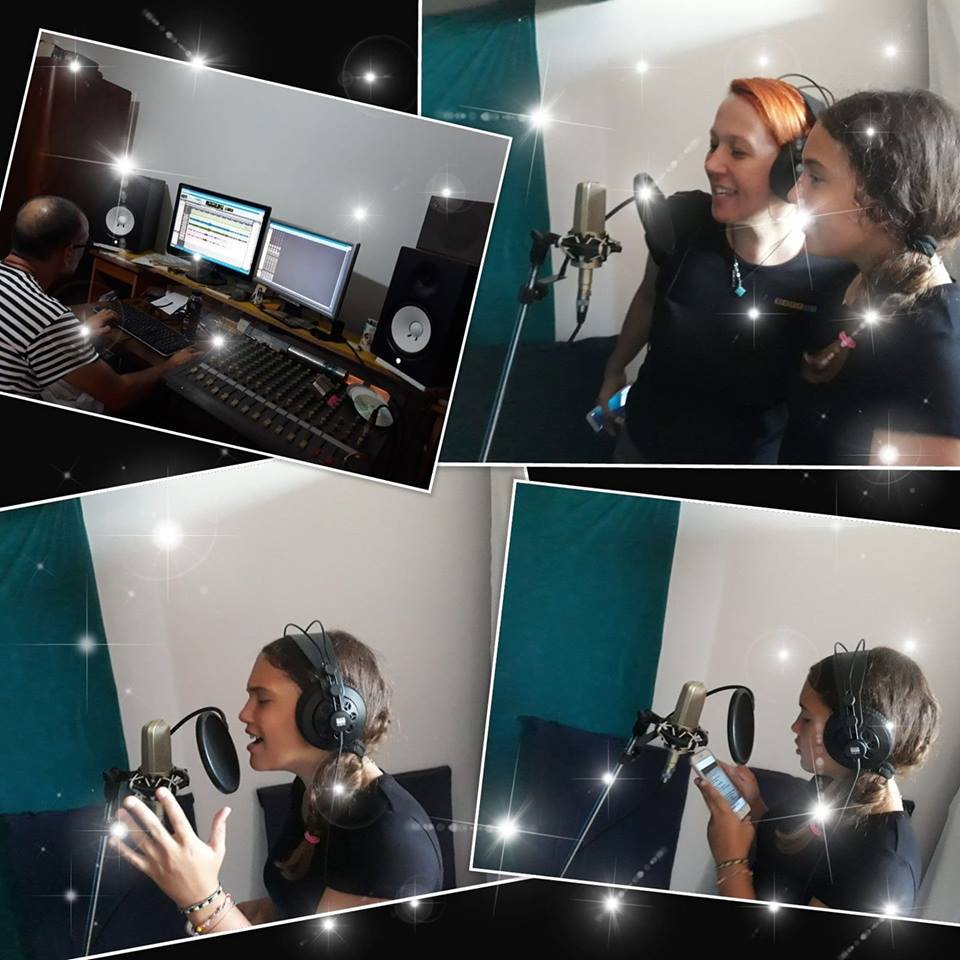 Dora is grateful to the art team, who signs her sixth song “A child is an Important Man.“
Dora is grateful to the art team, who signs her sixth song “A child is an Important Man.“ Dora Štampić Already Has Six Songs
 Also, no children's event in Tivat and Kotor passes without Dora's participation, and for the second year in a row, she also participated in the accompanying program of the Festival of Children's Theater Kotor. Calls are coming all the time and from the other parts of Montenegro. Also, as a representative of the Tivat Music School, Dora Štampić often performs at national competitions of music schools' students.
Also, no children's event in Tivat and Kotor passes without Dora's participation, and for the second year in a row, she also participated in the accompanying program of the Festival of Children's Theater Kotor. Calls are coming all the time and from the other parts of Montenegro. Also, as a representative of the Tivat Music School, Dora Štampić often performs at national competitions of music schools' students.October 2, 2018 - Neuropsychologist Ivica Hausmeister started his medical career in Tivat about 30 years ago. It took him to the UK, where he's been running a successful private practice for more than two decades. But, medicine is not the only sphere of his interest. Dr. Hausmeister also deals with astrophysics, and his book "Journey Through Time" aims to acquaint this area with the unprofessional public.
August 4, 2018 – Montenegrins are famous for their height, so it’s logical to expect a number of basketball players to come from this region. Young and talented Montenegrin power forward Bojan Subotić who played last season for BC Kalev, Estonia shares his story with TMN.
July 28, 2018 – I live in Tivat downtown and there has been some changes recently on my street. A new café under my balcony and a new boutique on the opposite side have opened their doors this season and I noticed that the owners don’t speak the local language. A nearby restaurant seems to be rented and is also run by the foreigners. Who are these new entrepreneurs of Montenegro?



